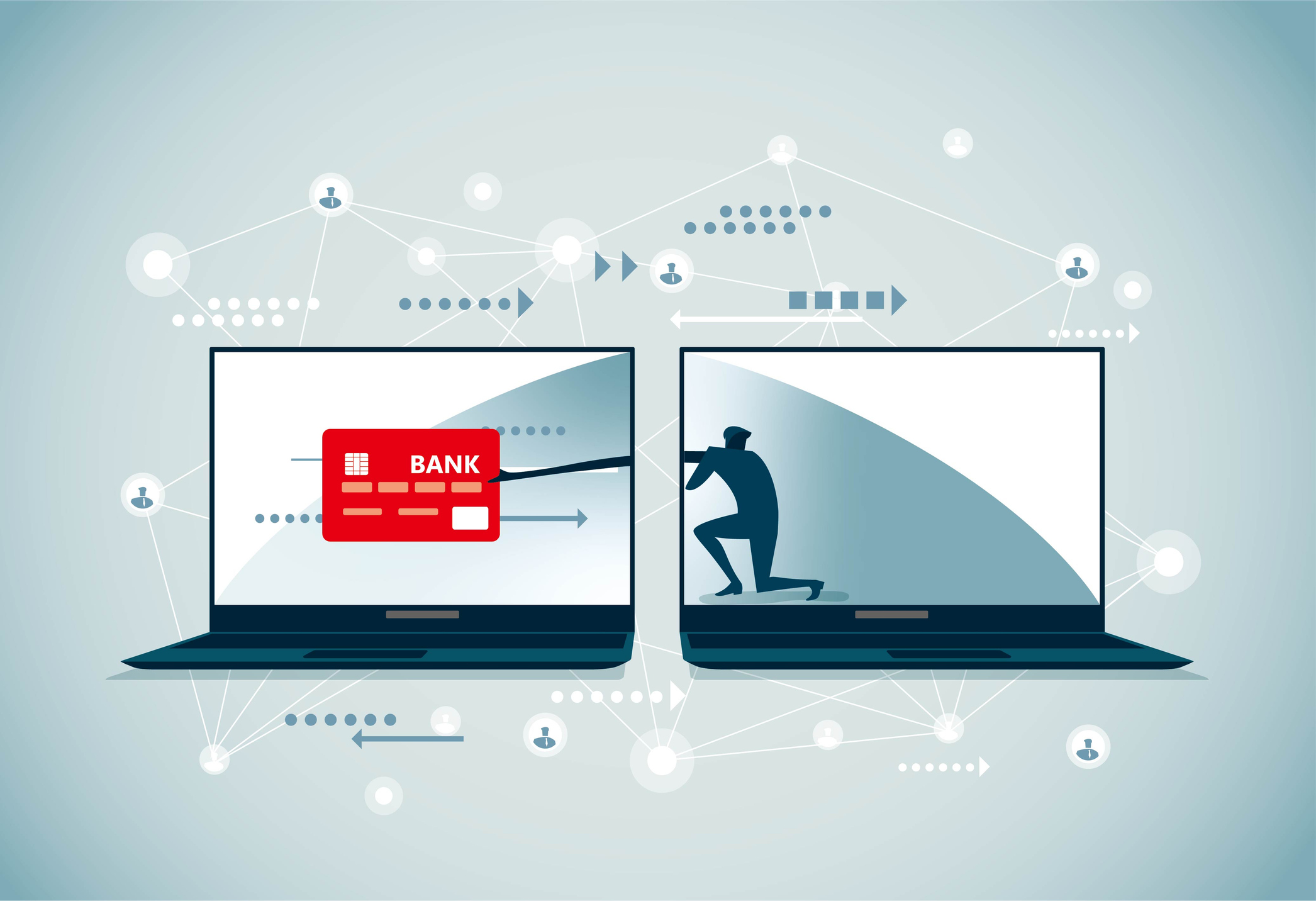Here’s how threat actors execute cybersecurity attacks in the banking industry and what you can do about it.
Key Takeaways:- Organizations in the banking industry are responsible for very valuable information, making them a major target for threat actors
- Ransomware, phishing, and supply chain attacks are the biggest cybersecurity threats to the banking industry
- You must take a proactive approach to your cybersecurity protocols to ensure hackers can’t access your network and systems
-
Ransomware
- Keep your operating systems, applications, and software updated
- Ensure your antimalware and antivirus solutions automatically run regular scans and updates
- Regularly back up your data
- Secure your backups
- Develop a continuity plan to reduce the severity of ransomware attacks on your operations
-
Phishing
- Direct victims to a counterfeit website and trick them into divulging sensitive information such as usernames and passwords
- Plant malware on the target computer system to steal login credentials directly
- Educating your users on cybersecurity threats to raise awareness about phishing
- Adopting the use of email protection and multifactor authentication tools
- Deploying anti-phishing software and tools that detect anomalies
- Keeping your software updated to get rid of bugs that create vulnerabilities
-
Supply chain attacks
